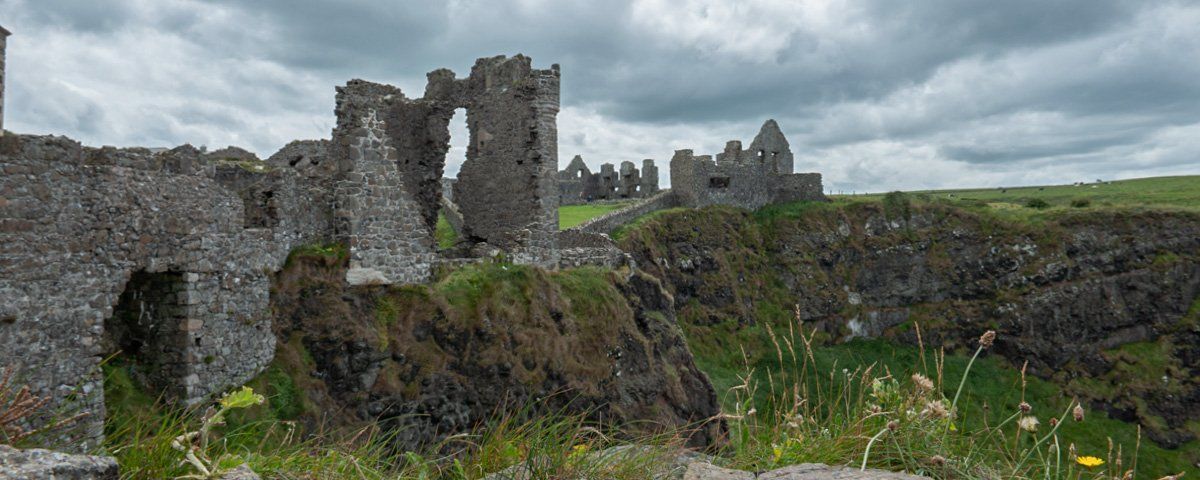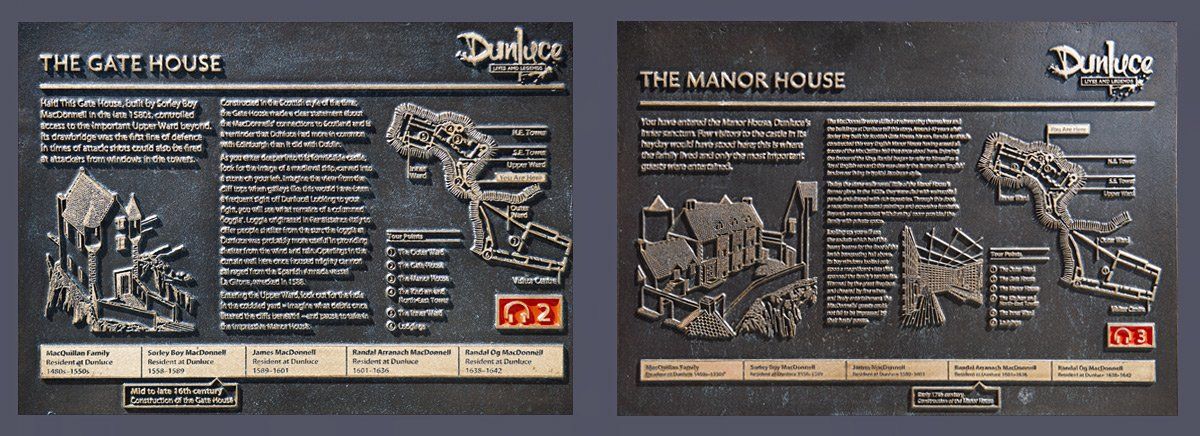General Munro
General Munro
General Robert Munro's was born in 1590, son of George Monro of Obsdale in Ross-shire, he joined the French army from 1625-6, then joined Mackay's Scottish regiment. He served in the Danish army and then the Swedish army during the thirty-year war and wrote an account of his experiences. In 1638 during the 'Bishop Wars' in Scotland he took command of the first regiment to be raised by the Covenanters and was present when Edinburgh Castle was captured in 1639. After a successful campaign in north-east Scotland during the 'Bishop Wars', he was sent to Ulster by the Scottish parliament to protect the English and Scottish settlers as a result of the 1641 uprising initiated by Sir Phelim O’Neill, Lord Maguire and Rory O’ More, the uprising which was backed by many of the old Anglo-Irish settlers.
It is worthwhile noting that over 80% of Scotland were pro covenant at the time and opposed to attempts by King Charles 1st to impose a revised Prayer Book on the Scottish Church, this led to conflict between the Scottish parliament and the English crown - shortly after Munro landed in Ulster the English civil war began. Munro landed in Carrickfergus in April of 1642 and made his residence at Trooperslane, he brought with him 10,000 troops complete with artillery, he also took under his command troops 'raised' locally amongst the settlers including a mounted cavalry regiment under Lord Conway. Owen Roe O’Neill returned to Ireland from Spain in July of 1642 and took command of a 'raised' Confederate Irish Army, Preston and others followed to add weight to their Ulster campaign.
The conflict that took place in Ulster during this time was barbaric, many of the 'raised' troops were undisciplined and atrocities were being matched by atrocity. Munro's strategy was ruthless, he was a seasoned soldier having fought in the thirty-year war and no measure was spared in his campaign against O’Neill and his supporters - the conflict led to thousands of innocent people getting slaughtered on both sides. O’Neill waged a guerrilla type offensive in Ulster'. Munro applied a ruthless strategy which lay waste to settlements in both Antrim and Down in what we would nowadays be regarded as a 'scorched earth policy'. He attacked and took Newry in 1642 and Belfast by superior force in 1644.
Monro suffered the worst setback of his campaign at the Battle of Benburb in 1646, when he was defeated by O’Neill. Heavily outnumbered and without artillery, O’Neill had taken the advantage of position and strategy, the ensuing pitched battle left 3,000 of Munro’s troops dead and Lord Conway’s mounted regiment reduced to 40 horsemen. With confrontation between parliament and the Crown, the English civil war and confrontation between the Covenanters and the English crown in Scotland - there was little control over what was going on in Ulster and the conflict continued from 1641 to 1649. After the English civil war had ended, Oliver Cromwell arrived in Ireland. By superior military force and a ruthless, barbaric war strategy, brought about a swift end to the long and bloody rebellion.
Cromwell is always cited as being barbaric in Irish history - the truth is, he was a military tactician well experienced in warfare and was no more barbaric than the conflict had already been. On all sides there had been atrocities, people being burned alive in buildings, villages systematically destroyed, heads cut off and stuck on posts, all war is barbaric, from ancient to modern. Although Charles 1st was a Scottish Protestant married to a Roman Catholic, many in power suspected him of ‘catholic’ sympathies, some believing that he approved of the 1641 uprising, Sir Phelim O’ Neill, before his execution in Dublin when asked to confess to that same question, remained silent. Whatever the truth of these suspicions about Charles 1st and his support for Sir Phelim O' Neill - they both suffered the same fate by being executed by the new 'master's of power' in England and Ireland.
All Rights Reserved | Art Ward
© 2024





